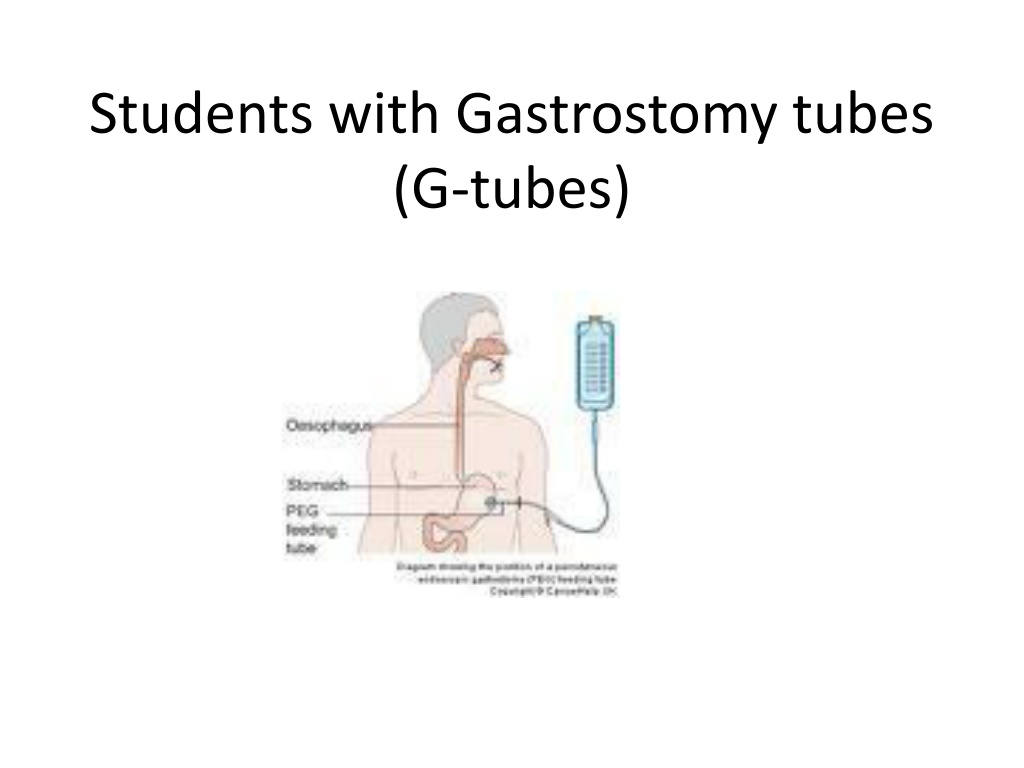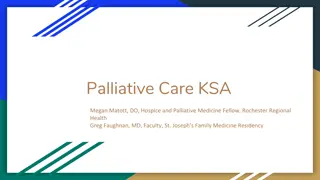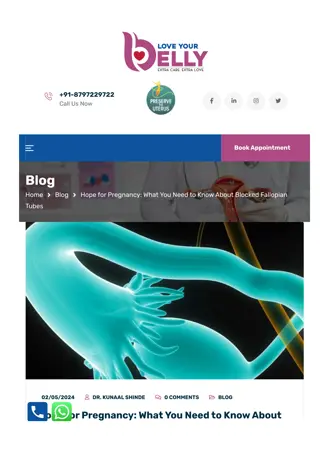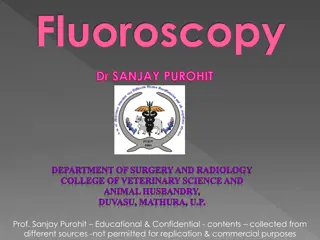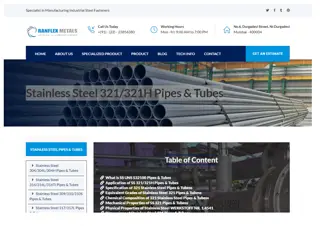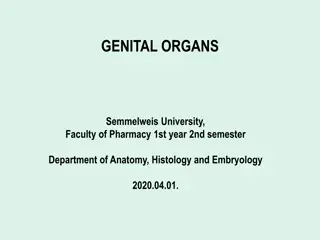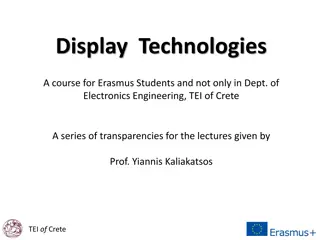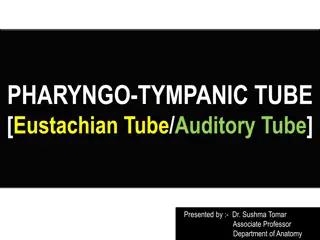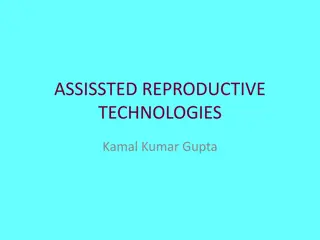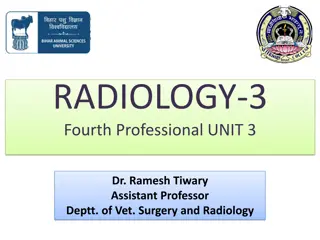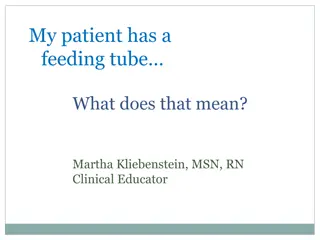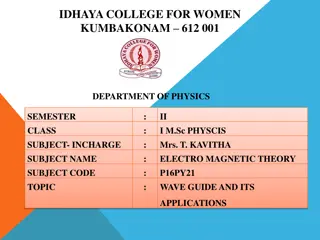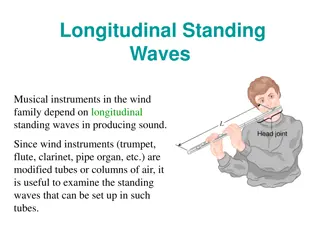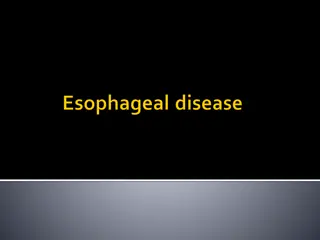Understanding Gastrostomy Tubes (G-tubes) in Students
Gastrostomy tubes (G-tubes) are essential medical devices for students that provide a safe and efficient way for delivering food, medications, and fluids directly into the stomach. These tubes are inserted through a surgical opening into the stomach and are crucial for maintaining proper nutrition and hydration in students with specific medical needs. Different types of G-tubes exist, and it's important to be aware of the potential problems that may arise during feeding, such as color changes or breathing difficulties, which require immediate intervention. Additionally, issues like nausea, vomiting, and blocked devices are common but manageable when effectively addressed. Understanding and properly caring for G-tubes are key aspects of supporting students' health and well-being.
Download Presentation

Please find below an Image/Link to download the presentation.
The content on the website is provided AS IS for your information and personal use only. It may not be sold, licensed, or shared on other websites without obtaining consent from the author. Download presentation by click this link. If you encounter any issues during the download, it is possible that the publisher has removed the file from their server.
E N D
Presentation Transcript
Students with Gastrostomy tubes (G-tubes)
Gastrostomy Tubes(G-tubes) A gastrostomy tube is a safe and simple way of giving food, medicines and fluids directly into the stomach
Gastrostomy Tubes(G-tubes) A flexible rubber tube is inserted into a surgical opening into the stomach It is held in place from inside the abdomen with a fluid filled balloon It is usually capped or clamped between feedings to prevent leakage
Gastrostomy Tubes(G-tubes) There are several types of G tubes
Mic-key Low Profile Feeding tube
POSSIBLE PROBLEM REQUIRING IMMEDIATE INTERVENTION Color changes/breathing difficulty This may be due to aspiration of feeding or water into lungs. Stop feeding immediately. Call parent. If problem continues, follow emergency instructions in the care plan.
POSSIBLE PROBLEMS THAT ARE NOT EMERGENCIES Nausea and or cramping Pause/stop feeding. Check rate of feeding it may need to be decreased. Adjust rate of feeding only if indicated in care plan. Contact parent Check temperature feeding may be too cold. let feeding get to room temperature if cold, then restart. If problem continues, stop feeding and contact parent
POSSIBLE PROBLEMS THAT ARE NOT EMERGENCIES Vomiting Stop feeding. Check temperature of feeding fluid Check flow rate If flow rate was too fast, adjust only if written in care plan, then restart. Stop if vomiting continues If feeding was too cold, allow to come to room temperature, then restart. Stop if vomiting resumes
POSSIBLE PROBLEMS THAT ARE NOT EMERGENCIES Blocked gastrostomy device May be due to inadequate flushing or very thick liquid. Be sure to flush with water before and after feedings. If blockage remains, contact family.
POSSIBLE PROBLEMS THAT ARE NOT EMERGENCIES Bleeding/drainage/redness/irritation Parents are responsible to send student to school with a clean dry dressing around gastrostomy site If there is any leaking (clear fluid) around MIC-KEY please contact parent- it may indicate a problem with internal balloon that secures device. If there is any blood observed, check to see if G- tube has been dislodged. If not, reinforce dressing with gauze and call parent.
POSSIBLE PROBLEMS THAT ARE NOT EMERGENCIES Leaking of stomach contents May be due to a problem with the antireflux valve (sticking or broken) Apply gauze and notify family
G-tube dislodgement No need to panic, really.
G-Tube dislodgement- not life threatening If a G tube device comes out of a student s abdomen it needs to be replaced within a specific time frame or opening(stoma) begins to close Children with recent placed G-tubes must have it replaced quickly follow the Health Care Plan Children with older G-tubes have a longer time frame call the parent Call 911 if parent unavailable
If G-Tube Comes Out Remember, don t panic. This is not a life threatening emergency Cover the G-tube opening with gauze(found in the student s emergency bag) The parent is usually the first choice to replace the G tube Call 911 ONLY if you are not able to contact parent- follow the Health Care Plan Place old G-tube in the student s bag
